Tire blowouts are among the most sudden and unsettling hazards a driver can face on the road. With a sharp pop and an immediate loss of control, they turn routine journeys into dangerous encounters in an instant. But while they may seem unpredictable, many tire blowouts can be prevented with careful attention and proactive maintenance. Understanding the causes and learning how to safeguard your tires is essential not just for preserving your vehicle’s performance, but for ensuring your safety and peace of mind every time you hit the road. In this article, we’ll explore practical strategies and expert tips to help you steer clear of tire blowouts before they happen.
Table of Contents
- Understanding the Common Causes of Tire Blowouts
- Choosing the Right Tires for Your Vehicle and Driving Conditions
- The Importance of Regular Tire Inspections and Maintenance
- Proper Tire Inflation Techniques for Enhanced Safety
- Tips for Safe Driving to Minimize Tire Damage
- When to Replace Tires to Avoid Unexpected Failures
- Q&A
- To Conclude

Understanding the Common Causes of Tire Blowouts
Tire blowouts often stem from a combination of factors that create undue pressure or weaken the tire’s structure. Among the most prevalent causes is underinflation, which increases the tire’s flexing and generates excessive heat, weakening the sidewalls. Conversely, overinflation can cause uneven wear and reduce the tire’s ability to absorb road shocks. Additionally, impact damage from potholes, curbs, or debris can lead to sudden failures, as can worn-out tread that fails to provide adequate grip and protection.
Understanding these risk factors is crucial in maintaining tire health. Below is a simple overview of common blowout causes and their effects:
| Cause | Effect on Tire | Preventative Measure |
|---|---|---|
| Underinflation | Excessive heat buildup | Regular pressure checks |
| Overinflation | Uneven tread wear | Correct tire pressure |
| Impact Damage | Sidewall cuts or bulges | Avoid potholes and road hazards |
| Worn Tread | Reduced traction | Timely tire replacement |
| Aging Tires | Material degradation | Periodic inspection |
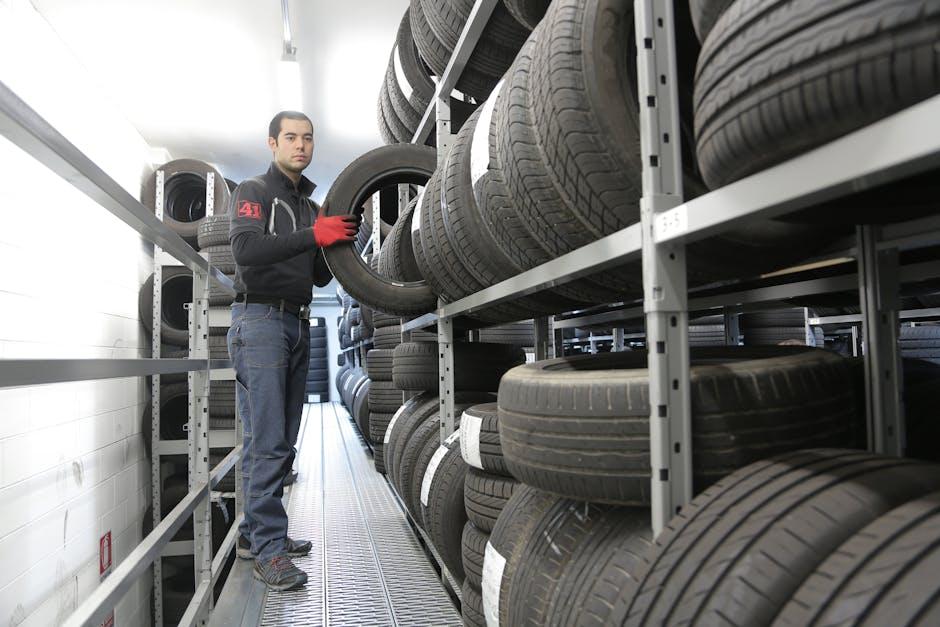
Choosing the Right Tires for Your Vehicle and Driving Conditions
Selecting the ideal tires goes beyond merely matching the size; it’s about aligning your choice with the unique demands of your vehicle and the roads you frequent. Consider the climate first: all-season tires provide versatility, but if you face heavy snow or wet conditions, specialized tires like winter or rain tires enhance traction and safety. Additionally, look at your driving habits. For example, if you often cruise long highways, tires with low rolling resistance can boost fuel efficiency, while performance tires cater to those seeking sharp handling in sporty vehicles. Always consult your vehicle’s manual for recommended tire specifications to ensure optimal compatibility and safety.
- Tire Type: All-season, winter, summer, or performance based on climate and use
- Tread Pattern: Symmetric, asymmetric, or directional for handling and traction
- Load Rating: Ensure tires support your vehicle’s maximum weight
- Speed Rating: Match your expected maximum speeds for safe performance
- Maintenance: Proper inflation and regular inspections preserve tire integrity
| Tire Type | Best For | Typical Tread Feature |
|---|---|---|
| All-Season | Everyday driving, moderate weather | Moderate tread depth, balanced grip |
| Winter/Snow | Ice, snow, cold climates | Deeper grooves, siping for traction |
| Performance | Sporty driving, dry roads | Enhanced tread blocks for cornering |
| All-Terrain | Off-road, rugged terrain | Aggressive tread for grip |
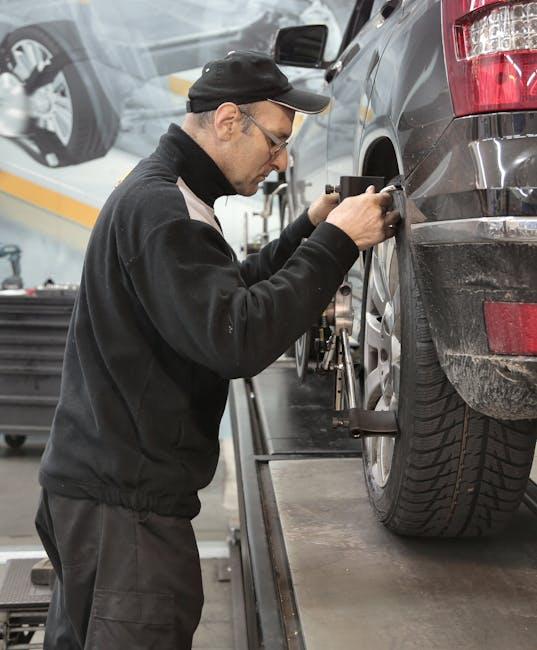
The Importance of Regular Tire Inspections and Maintenance
Maintaining your tires through regular inspections is critical for safety and performance. Small issues such as uneven tread wear, embedded objects, or cracks in the sidewall can escalate into dangerous problems if left unchecked. By dedicating time each month to visually inspect tires, you can spot signs of damage early. Additionally, using a tire pressure gauge to ensure optimal inflation not only prevents blowouts but also improves fuel efficiency and extends tire life. Keep in mind that tire conditions can vary depending on weather, road conditions, and driving habits, so a consistent maintenance schedule tailored to your vehicle’s needs is essential.
To simplify your routine, consider the following checklist for regular tire care:
- Check tread depth: Use a tread depth gauge or the penny test to ensure adequate traction.
- Inspect for damage: Look for punctures, cuts, bulges, and sidewall cracking.
- Monitor tire pressure: Adjust pressure according to manufacturer’s specifications.
- Rotate tires: Helps promote even wear and extends tire life.
- Balance and align wheels: Prevents uneven wear and maintains vehicle handling.
| Inspection Item | Frequency | Why It Matters |
|---|---|---|
| Tread Depth | Monthly | Ensures safe traction and braking |
| Pressure Check | Bi-weekly | Prevents blowouts and improves efficiency |
| Visual Damage | Monthly | Detects early signs of tire failure |
| Rotation | Every 6,000-8,000 miles | Promotes even wear on all tires |
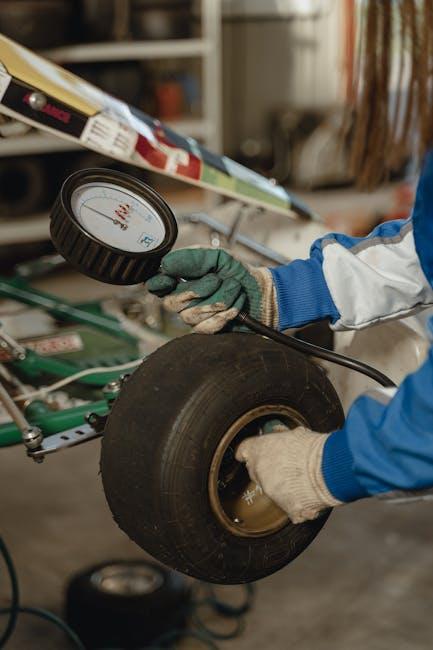
Proper Tire Inflation Techniques for Enhanced Safety
Maintaining the correct tire pressure is crucial for safe driving and extending the lifespan of your tires. Under-inflated tires generate excessive heat, leading to increased wear and the risk of sudden blowouts. On the other hand, over-inflation reduces tread contact with the road, compromising traction and causing uneven wear. To ensure optimal tire pressure, always check your tires when they are cool — preferably before driving — using a reliable pressure gauge. Follow the manufacturer’s recommended PSI, which can typically be found on a sticker inside the driver’s door or in the owner’s manual.
Here are some key tips for keeping your tires properly inflated:
- Check monthly: Tire pressure can drop naturally over time, so monthly checks help catch leaks early.
- Adjust for load: Heavier loads may require a slight increase in pressure; consult your vehicle guide.
- Use high-quality gauges: Digital or dial gauges provide more accurate readings than standard stick types.
- Monitor temperature changes: Pressure fluctuates with temperature; expect drops in cold weather and increases in heat.
| Temperature | Pressure Change | Action |
|---|---|---|
| Cold (below 40°F) | Decreases by 1-2 PSI | Check more frequently |
| Moderate (40-70°F) | Stable | Standard maintenance |
| Hot (above 70°F) | Increases by 2-4 PSI | Release excess pressure if needed |
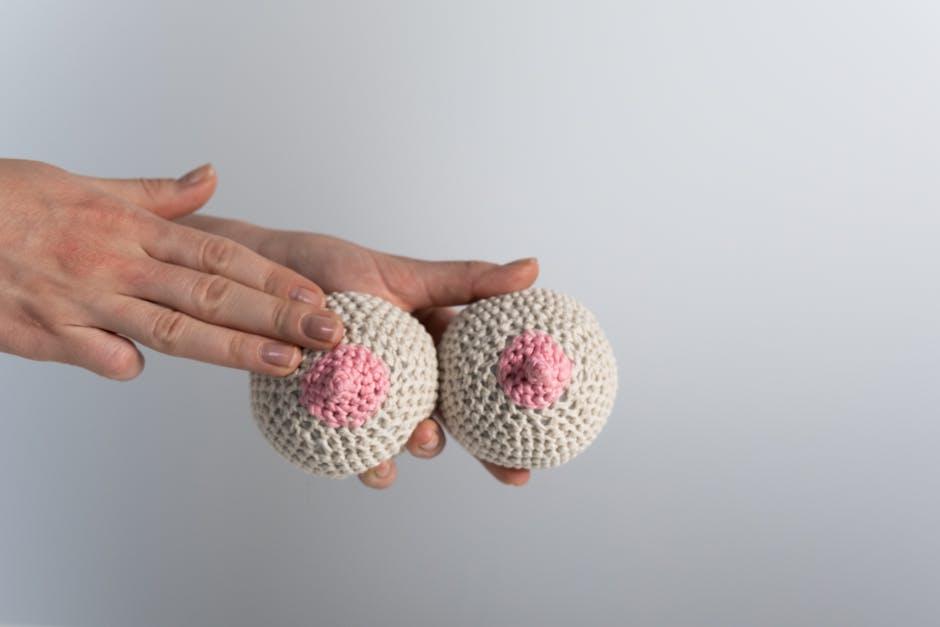
Tips for Safe Driving to Minimize Tire Damage
Maintaining optimal tire health starts with mindful driving habits. Avoid sudden stops and sharp turns, which can create uneven wear and increase the risk of punctures or blowouts. Consistently keeping your speed moderate not only enhances fuel efficiency but also reduces excessive heat buildup in tires, a common cause of premature tire failure. When parking, steer clear of curbs and rough surfaces, as scraping the sidewalls can weaken the tire’s integrity. Remember, gentle acceleration and braking promote an even tread wear pattern that extends the life of your tires.
Regularly checking your tires is equally important in preventing unexpected damage. Use the following quick checklist before every long trip:
- Inspect tread depth: Ensure your tires exceed the 2/32” minimum for safe driving.
- Check pressure: Use a reliable gauge to maintain the manufacturer’s recommended PSI.
- Look for visible damage: Scan for cracks, bulges, or embedded debris.
- Rotate tires: Follow your vehicle’s rotation schedule to balance wear.
| Common Driving Mistakes | Impact on Tires |
|---|---|
| Sudden braking | Uneven tread wear & heat buildup |
| Overloading vehicle | Increased tire pressure and strain |
| Ignoring tire alignment | Premature wear on one side |
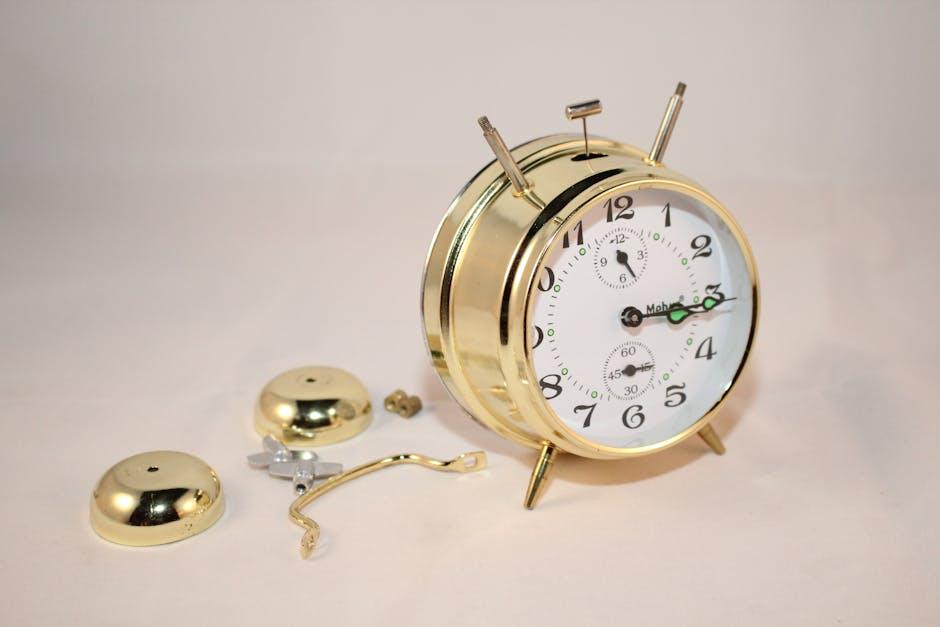
When to Replace Tires to Avoid Unexpected Failures
Knowing the right moment to switch out your tires can be the difference between a smooth ride and a sudden hazard. Beyond just tread depth, several factors signal it’s time for fresh rubber. Look for signs like visible tread wear indicators, cracking on the sidewalls, or any punctures that can’t be properly repaired. These warning signs suggest your tires have lost their ability to grip the road effectively, increasing the chance of blowouts under strain.
Consider this simple checklist to decide when to replace your tires:
- Tread Depth: When it reaches 2/32 inch or less
- Age: Tires older than 6 years regardless of wear
- Damage: Any bulges, cuts, or uneven wear patterns
- Frequent Air Loss: Constantly refilling air signals internal compromise
| Factor | Recommended Action | Risk Level |
|---|---|---|
| Tread below 2/32 inch | Replace Immediately | High |
| Sidewall Cracks | Inspect & Replace if Severe | Medium |
| Uneven Wear | Check Alignment; Consider Replacement | Medium |
| Tire Age > 6 years | Replace Regardless of Condition | High |
Q&A
Q&A: How to Prevent Tire Blowouts
Q1: What exactly causes a tire blowout?
A1: A tire blowout occurs when the tire rapidly loses air pressure due to a sudden rupture or failure. Common causes include underinflation, overloading, hitting road hazards like potholes or debris, and tire aging or damage. Essentially, any stress that exceeds the tire’s capacity can lead to a blowout.
Q2: How can I check if my tires are at risk of blowing out?
A2: Frequent inspection is key. Look for signs like cracks, bulges, or uneven tread wear. Use a tire pressure gauge regularly to ensure proper inflation—underinflated or overinflated tires are more vulnerable. Also, be mindful of your car’s load limits; overloading adds dangerous stress to tires.
Q3: Does tire maintenance really make a difference?
A3: Absolutely. Proper maintenance—rotating tires, balancing, aligning wheels, and checking pressures—helps distribute wear evenly and prevents weak spots. Well-maintained tires handle road hazards better and reduce the chance of sudden failure.
Q4: What driving habits can help prevent tire blowouts?
A4: Smooth driving is your tire’s best friend. Avoid sudden braking or sharp turns, and steer clear of potholes or rough terrain whenever possible. Driving at moderate speeds reduces heat buildup and stress on tires, lowering the risk of blowouts.
Q5: When should I replace my tires to avoid blowouts?
A5: Tires aren’t invincible. Replace them when tread depth falls below 2/32 inch or if you notice damage like cracks or bulges. Even if tread looks fine, tires older than six years can deteriorate and should be evaluated or replaced.
Q6: Can inflation pressure affect blowout risk?
A6: Yes, tire pressure is crucial. Underinflated tires flex more, generating heat that wears them out faster, while overinflated tires become stiffer and more prone to impact damage. Stick to the manufacturer’s recommended pressure for safe, optimal performance.
Q7: How can I respond safely if a blowout happens?
A7: Stay calm and maintain a firm grip on the steering wheel. Avoid slamming on brakes; instead, gradually slow down by easing off the throttle. Signal and steer carefully to the roadside, then stop safely and call for assistance if needed.
Q8: Are all tires equally prone to blowouts?
A8: Not quite. Some tires, like low-profile performance tires or those used in heavy-duty settings, can be more susceptible due to their design or the loads they carry. Choosing the right tire for your vehicle and driving conditions helps minimize risk.
By understanding your tires and caring for them lovingly, you turn your vehicle’s “shoes” into reliable companions that keep you safely rolling down the road—no sudden pop, just smooth sailing.
To Conclude
In the end, preventing tire blowouts is less about luck and more about mindful maintenance. By staying vigilant with regular inspections, maintaining proper tire pressure, and driving with care, you not only extend the life of your tires but also safeguard every journey you embark on. Remember, the road may be unpredictable, but with well-tended tires beneath you, a blowout doesn’t have to be part of the ride. Stay proactive, stay safe, and keep rolling smoothly toward your destination.

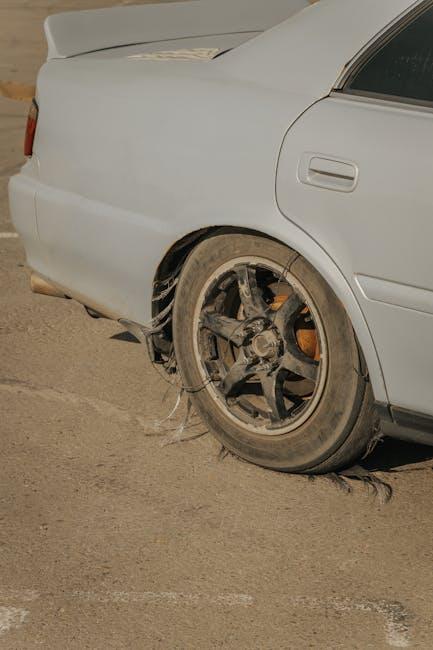
5 Comments
ztuh66
ztuh66
bfu0cy
1liywf
erszyp